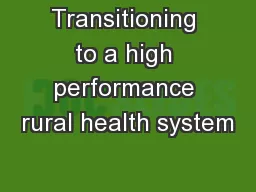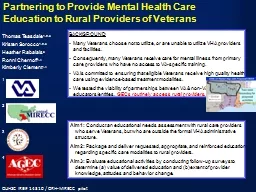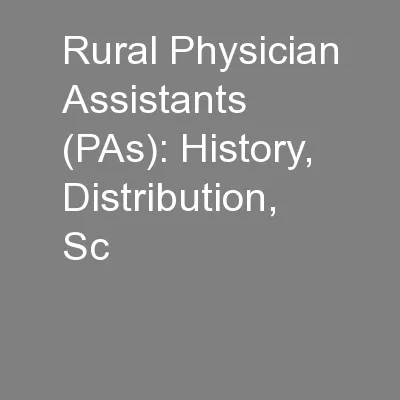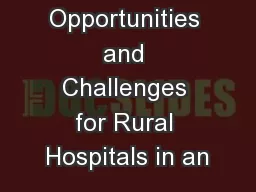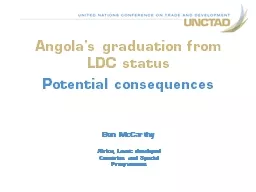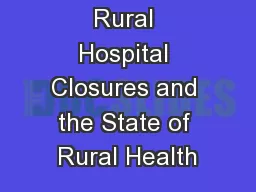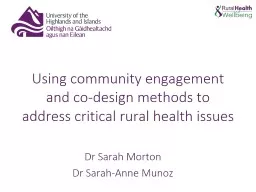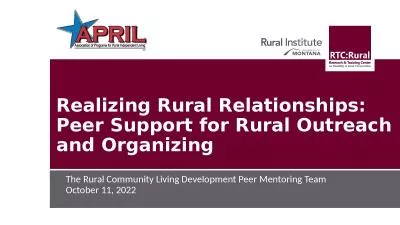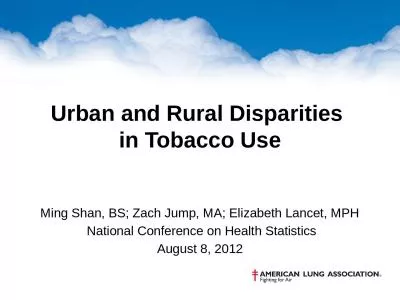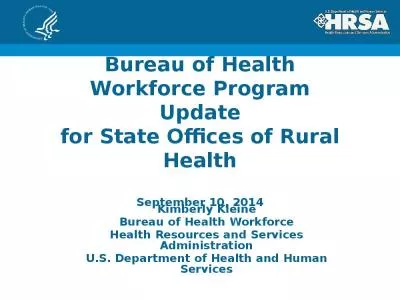PPT-Transitioning to a high performance rural health system
Author : pasty-toler | Published Date : 2018-03-16
2015 Southern Governors Association Annual Meeting Keith J Mueller PhD Director RUPRI Center for Rural Health Policy Analysis Charles W Fluharty M Div President
Presentation Embed Code
Download Presentation
Download Presentation The PPT/PDF document "Transitioning to a high performance rura..." is the property of its rightful owner. Permission is granted to download and print the materials on this website for personal, non-commercial use only, and to display it on your personal computer provided you do not modify the materials and that you retain all copyright notices contained in the materials. By downloading content from our website, you accept the terms of this agreement.
Transitioning to a high performance rural health system: Transcript
Download Rules Of Document
"Transitioning to a high performance rural health system"The content belongs to its owner. You may download and print it for personal use, without modification, and keep all copyright notices. By downloading, you agree to these terms.
Related Documents

